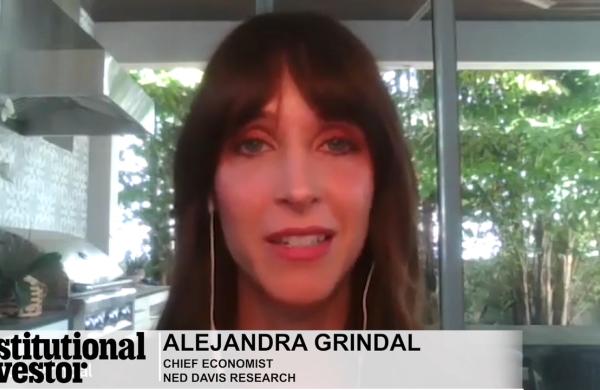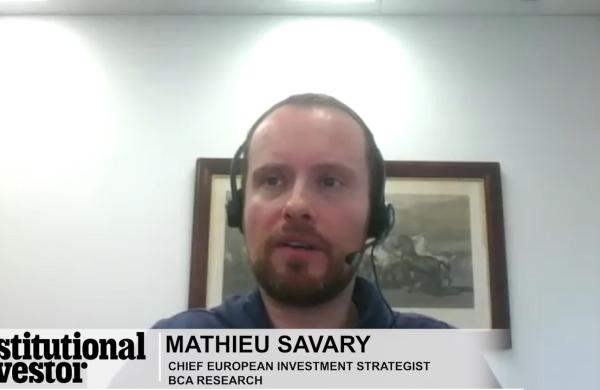“Something will turn up,” the eternally optimistic Wilkins Micawber used to say in Charles Dickens’ David Copperfield.
There’s a little bit of Wilkins Micawber in every venture capitalist today. Although sitting pretty with billions of dollars in funds raised and living off hefty management fees, venture capitalists have generated little in profit for their investors over the last decade. The IPO markets – the traditional exits for most venture investments – are shut tight. And corporate acquisitions, the other major exit strategy, are few and far between. So when asked how they will generate returns in today’s uncertain economy, the answer is a Micawberish “something will turn up.”
Many institutional investors believe that venture capital is simply going through the motions. Instead of investing in the Intels, the Apples and the Genentechs of tomorrow, they keep pouring even greater sums of money to keep tired old deals alive, deals that have little chance of offering the double-digit returns that the asset marketers promised its investors.
On the surface, venture capitalists have been busy beavers in 2010. In the first half of 2010, venture capital investments totaled $11.4 billion going into 1,646 deals, a 49 percent increase in dollars and a 23 percent increase in deals from the first half of 2009 when $7.7 billion was invested in 1,340 deals, according to Pricewaterhouse Coopers. In the second quarter alone, venture capitalists invested $6.5 billion in 906 deals, an increase of 34 percent in terms of dollars and 22 percent in number of deals compared to the first quarter of 2010 when $4.9 billion was invested in 740 deals.
More than a third of all the money went into cleantech and industrial/energy deals, areas that have acquired a great deal of visibility and public interest. But in these difficult times the risks are far greater than the potential rewards. Governments, including the U.S., are cutting back on infrastructure spending and scaling back their projections on how much of these cleantech products and services they plan to use. The assumptions on which many of these investments were made keep getting revised every day.
Over $2 billion went into biotechnology companies, not into start-ups and new drug ideas but to support existing deals that continue to burn up millions each month in R&D and clinical trial costs. As in the buyout business many venture firms are turning to “passing the parcel” — investing in each others deals to avoid giving the impression of loading up too much in their own.
Venture capitalists have been running on fumes. And the spectacular success of a few iconic funds has carried the entire industry. But with the endowments at Harvard, Yale and Stanford – three of venture capital’s strongest champions – in trouble and no substantive returns in sight, the talk amongst many institutional investors is about doom and gloom.
Many are cutting loose their advisers and the fund of funds. Their value and contributions have been overstated, they argue. Others are going after the venture funds themselves, focusing on terms of agreements that many had taken for granted. Lesser fees, more milestone-based rewards. And some are simply cutting the asset class loose, putting their partnership interests on the industry eBay.
Venture capital has worked because of a confluence of factors: an abundance of low-priced technology; a culture that promotes entrepreneurship and risk; a banking system that champions small, emerging companies and an investor community that believes in the long term. But during the last decade, things have gone amiss.
Institutional investors need to take a long, hard look at venture capital.






